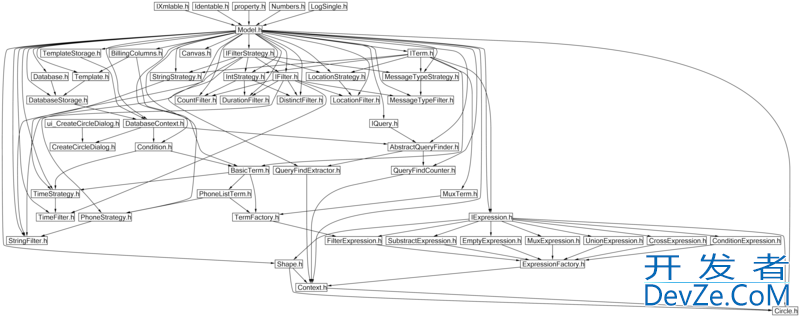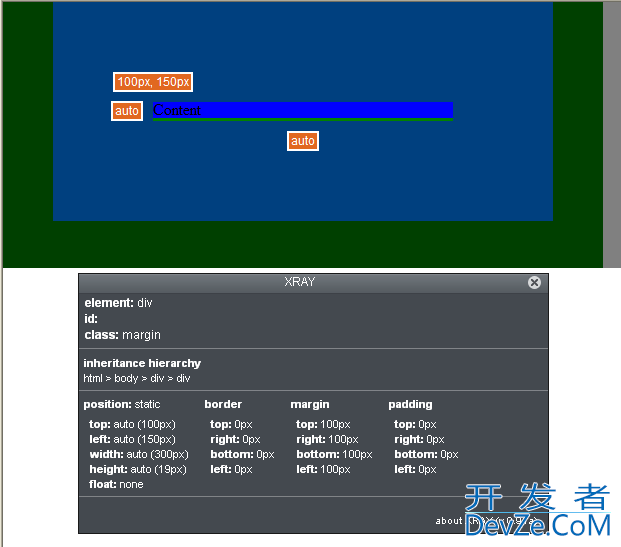I am hoping someone can give me an explanation of how I am supposed to finish these two methods. I am willing to do the work myself and am not trying to 开发者_如何学运维be lazy. Having said that, here is the problem:
2 methods: Recursively need to
- count the number of nodes in a binary tree,
- count the number of right children
I have already implemented the following code:
public class IntBSTNode
{
protected int key;
protected IntBSTNode left, right;
public IntBSTNode()
{
left = right =null;
}
public IntBSTNode(int el)
{
this(el, null, null);
}
public IntBSTNode( int el, IntBSTNode lt, IntBSTNode rt)
{
key = el;
left =lt;
right = rt;
}
}
http://en.wikipedia.org/wiki/Recursion
For recursion to work you need a base case, and a set of cases and actions that reduce towards the base case.
For counting the number of nodes in a binary trees, we can use the base case of "a node does not exists", and other case of "a node does exist".
For the other case, (node does exist) we will add 1 to the count of nodes add the number of nodes in each of the tree's subtrees (left and right) to the total count. How do we find the number of nodes in the subtrees? Simply apply the same set of conditions that we used for the first node to the child nodes.
By repeatedly breaking down the tree's subnodes we can obtain the total number of nodes in the tree
Take for example:
N1
/\
N2 N3
/\ \
N4 N5 N6
Let's call our counting method countNodes().
pseudocode for countNodes
int countNodes(Node parent):
if parent:
return 1 + countNodes(parent.left) + countNodes(parent.right)
else:
return 0
countNodes will first check if the node you pass to it exists.
If not (base case) return 0 [logically this makes sense because if the node doesnt exist, there will be no nodes in it's subtree's that dont exist]
If the node exists you will return 1 + the sum of the number of nodes in the subtrees. To find the number of nodes in the subtrees we will just call our countNodes() method on each child node.
In the example tree above we start with N1. We see that N1 exists so what we need to find now is:
1 + # of nodes in the left subtree + # of nodes in the right subtree.
N1's subtrees are:
Left Right
N2 N3
/\ \
N4 N5 N6
We start by calling the countNodes() method on N2 (N1's left subtree).
N2 exists so now we are looking for
1 + # of nodes in N2's left subtree + # of nodes in N2's right subtree
N2's subtrees are:
Left Right
N4 N5
calling countNodes() on N4 we are looking for
1 + # of nodes in N4's left subtree + # of nodes in N4's right subtree
N4's left node is null so when countNodes() is called on N4's left node it will return 0 (base case).
N4's right node is also null so countNodes() for the right node is also going to return 0
N4's pending operations can complete and you have 1 + 0 + 0 (non-base case return value)
Now N2's pending operation looks like
1 + 1 + # of nodes right subtree
calling countNodes() on N5 results in the same value as N4 so N2's return value has become:
1 + 1 + 1
N2 returns 3 to N1's pending operation to make it look like:
1 + 3 + # nodes in right subtree
# nodes in N3 subtree is:
countNodes() on N3 returns 1 + countNodes->null (base) + countNodes()->N6
# nodes in N6 subtree is
countNodes() on N6 returns 1 + countNodes->null (base) + countNodes()->null (base)
return value = 1
# nodes in N3 subtree is 1 + 0 + 1
returns 2
finally the call on N1's countNodes() can complete with
1 + 3 + 2
countNodes() on N1 returns 6
To count all the right nodes in a tree you can use the following pseudocode:
int countRightNodes(Node parent):
if !parent:
return 0
if has right node:
return 1 + (# of right nodes in left subtree) + (# of right nodes in right subtree)
else:
return (# of right nodes in left subtree)
The point of recursion, is to simplify a complicated problem until it is trivial, and use the solution of this trivial problem to find the solution of a more complicated problem, etc, until you can solve your actual problem.
In your case 1), the complicated problem is "Find the number of nodes in the whole tree". But we can simplify this, by saying that it is numberOfNodesLeftSubtree + numberOfNodesRightSubtree + 1. We can then write:
public int nbNodes(Node root){
int count = 1 // our actual node
if(root.left != null){
count += nbNodes(root.left);
}
if(root.right != null){
count += nbNodes(root.right);
}
return count;
}
It's that easy.
Thinking recursively takes some practice, but it almost seems magical when done well. We need to count the number of nodes in our tree, so let's think what that means. Consider any node and it's sub-tree. The number of nodes in this sub-tree will be equal to the number of nodes in the left sub-tree plus the number of nodes in the right sub-tree, plus one (for the node in question). So if we assume we already had a method that could count nodes in a sub-tree, we could make two calls to that method. We also have to worry about the base case, and then once we have that recursion can work its magic.




![Interactive visualization of a graph in python [closed]](https://www.devze.com/res/2023/04-10/09/92d32fe8c0d22fb96bd6f6e8b7d1f457.gif)



 加载中,请稍侯......
加载中,请稍侯......
精彩评论